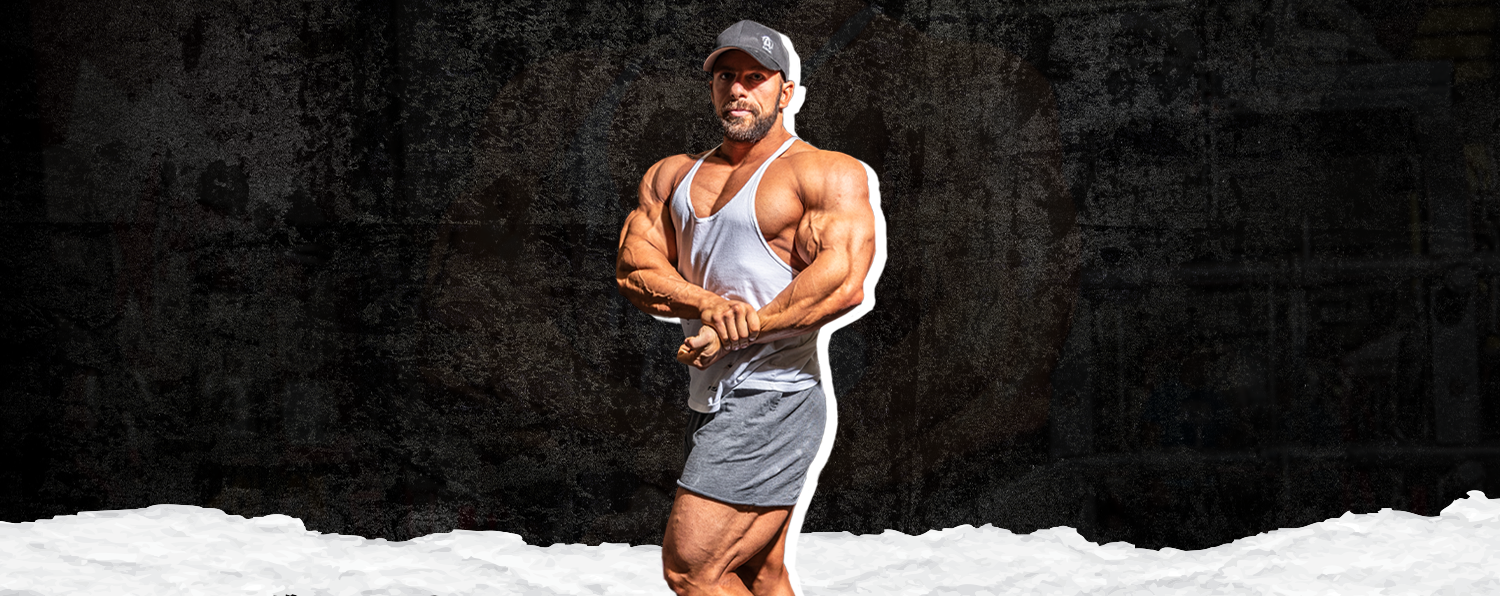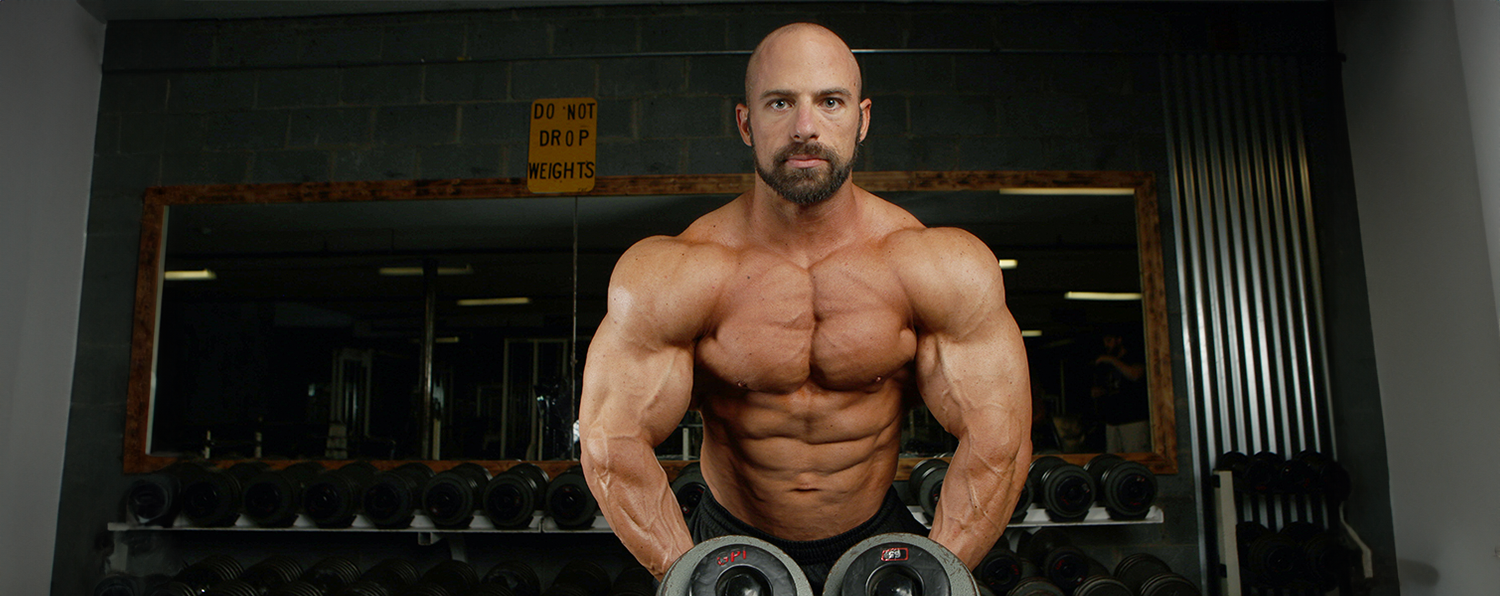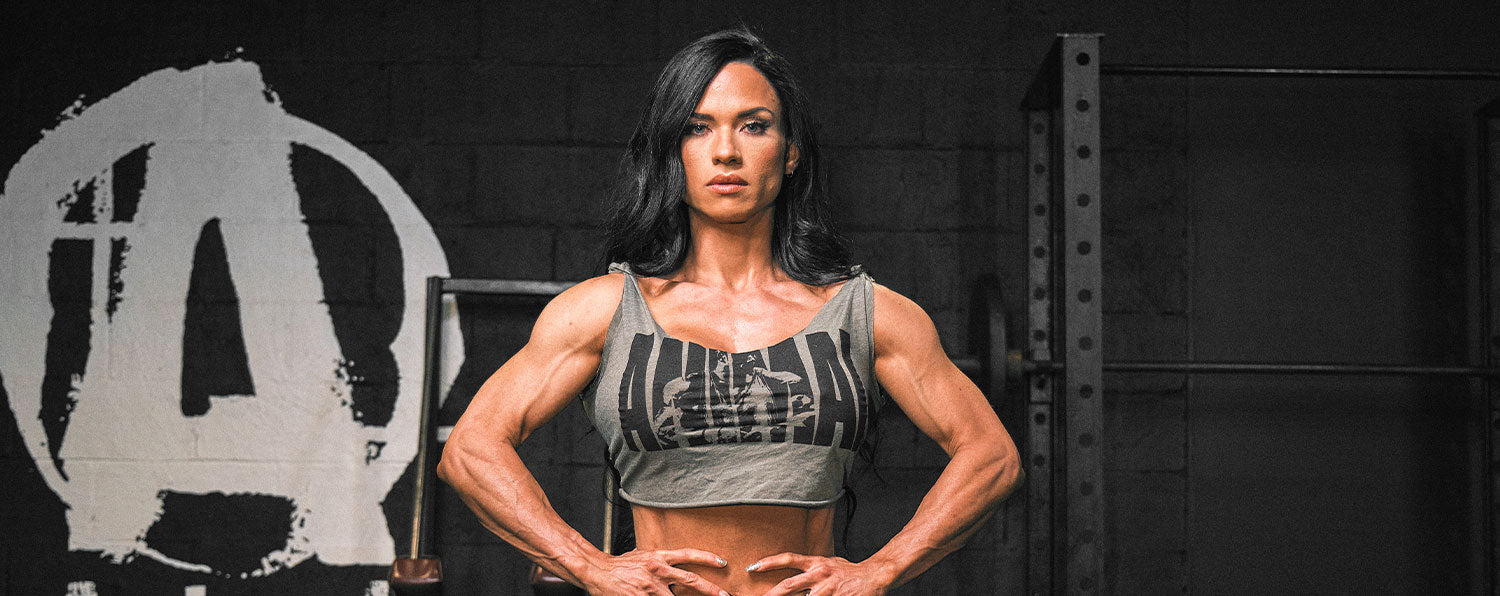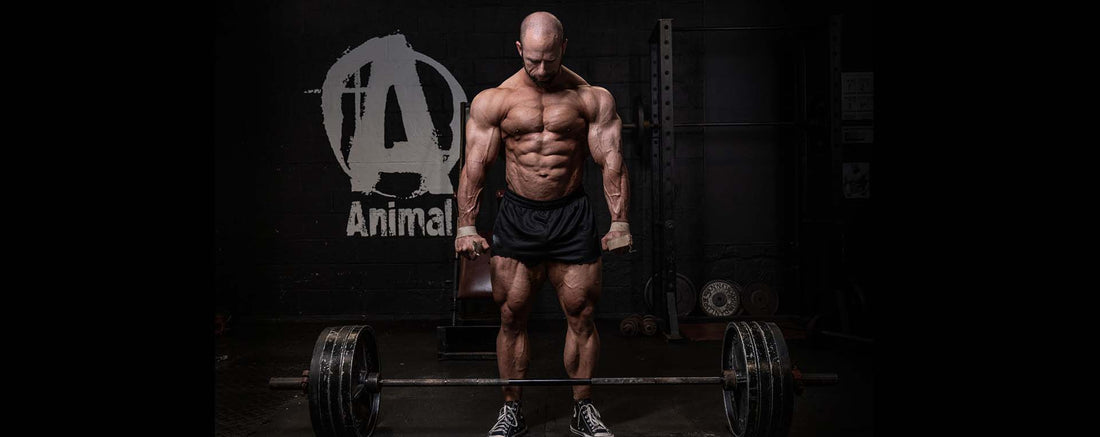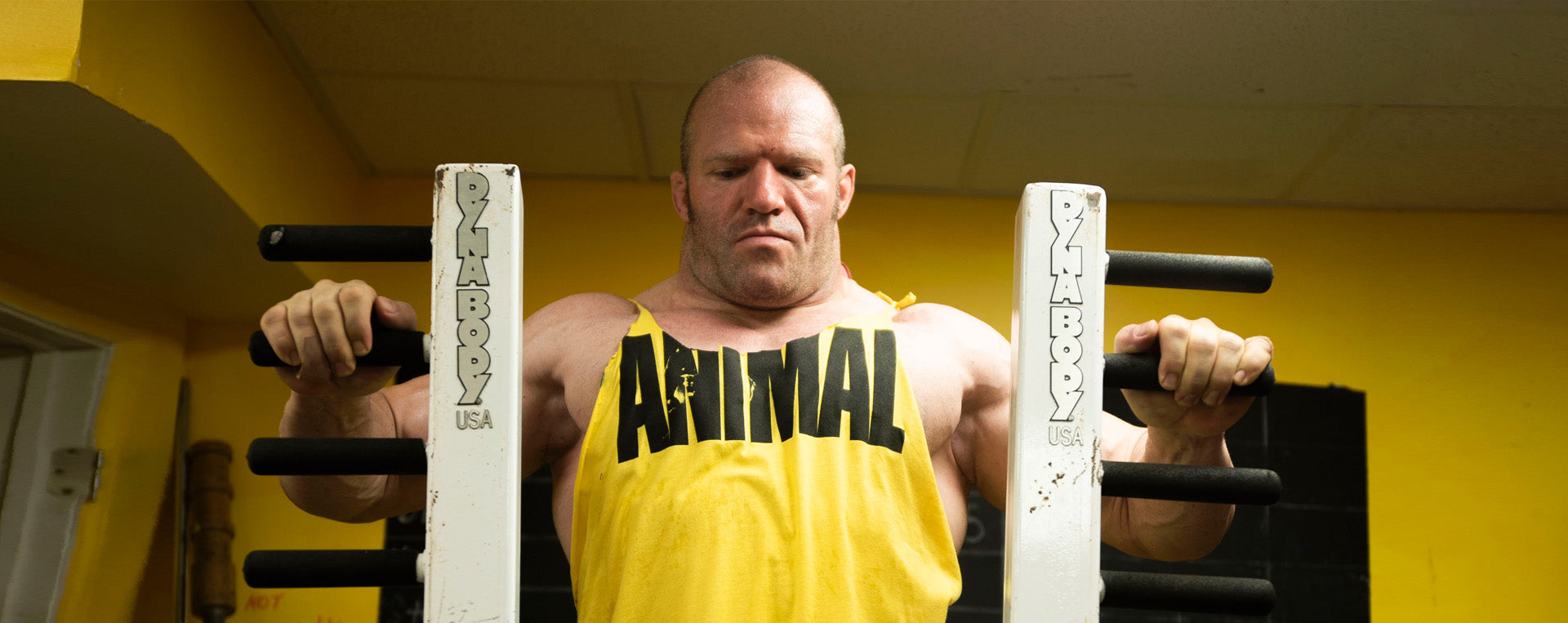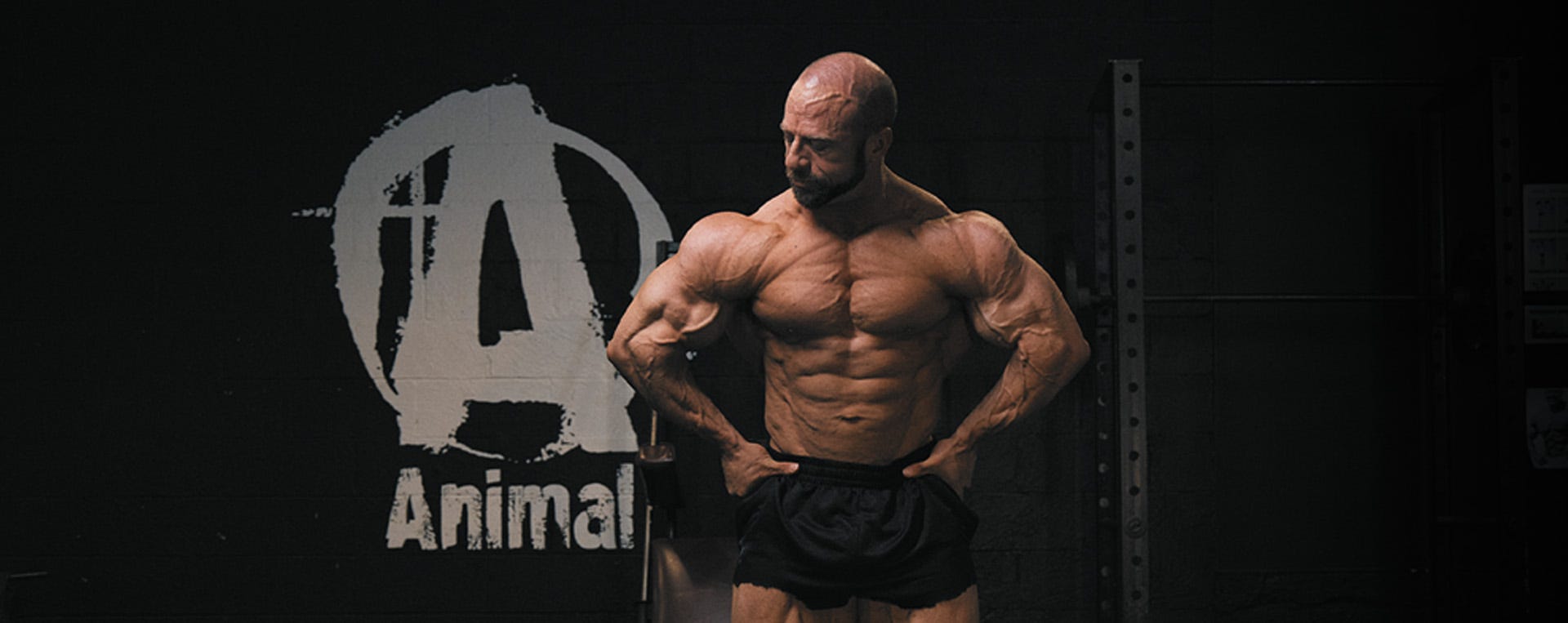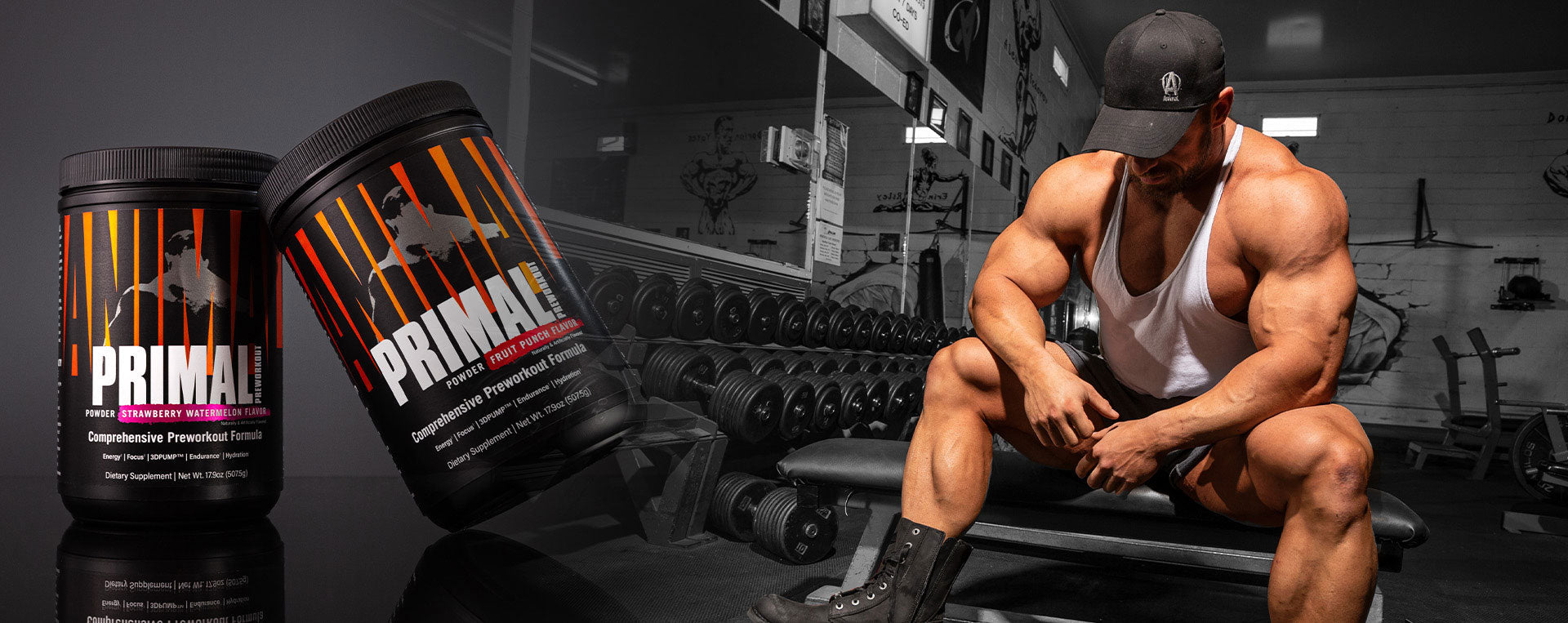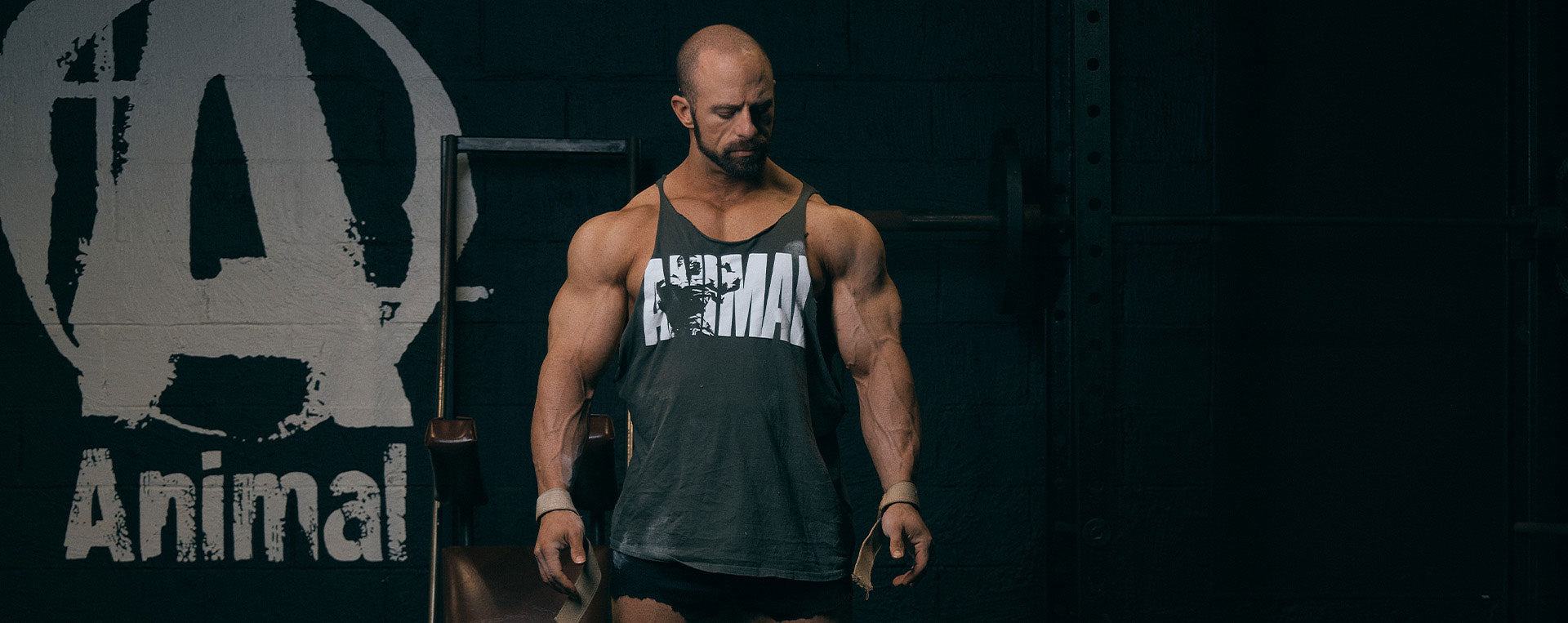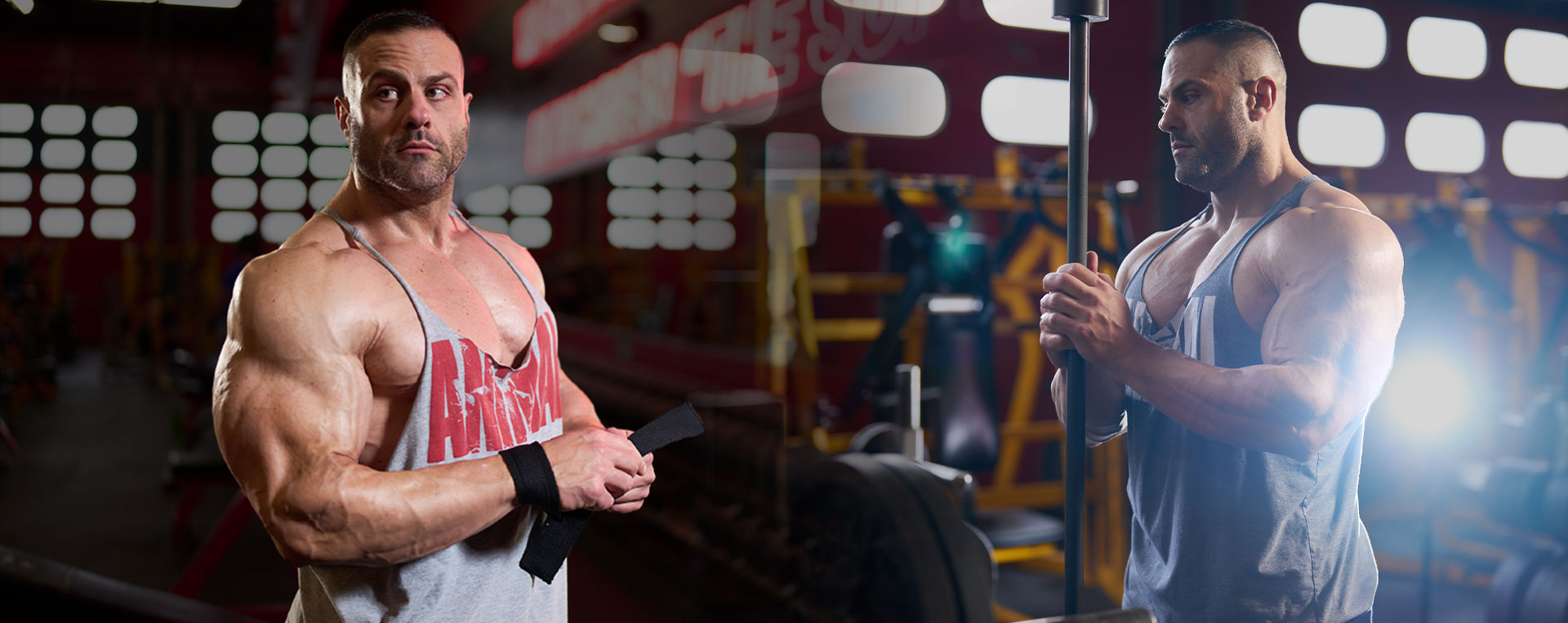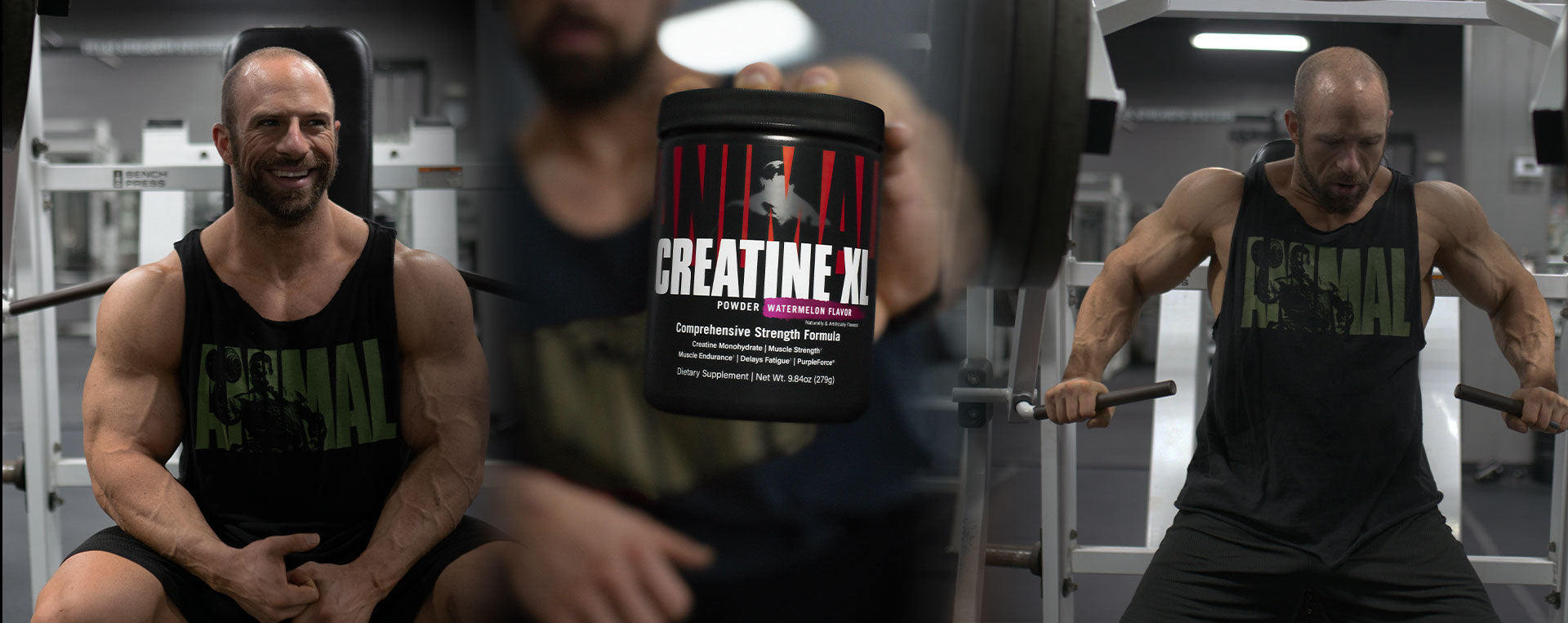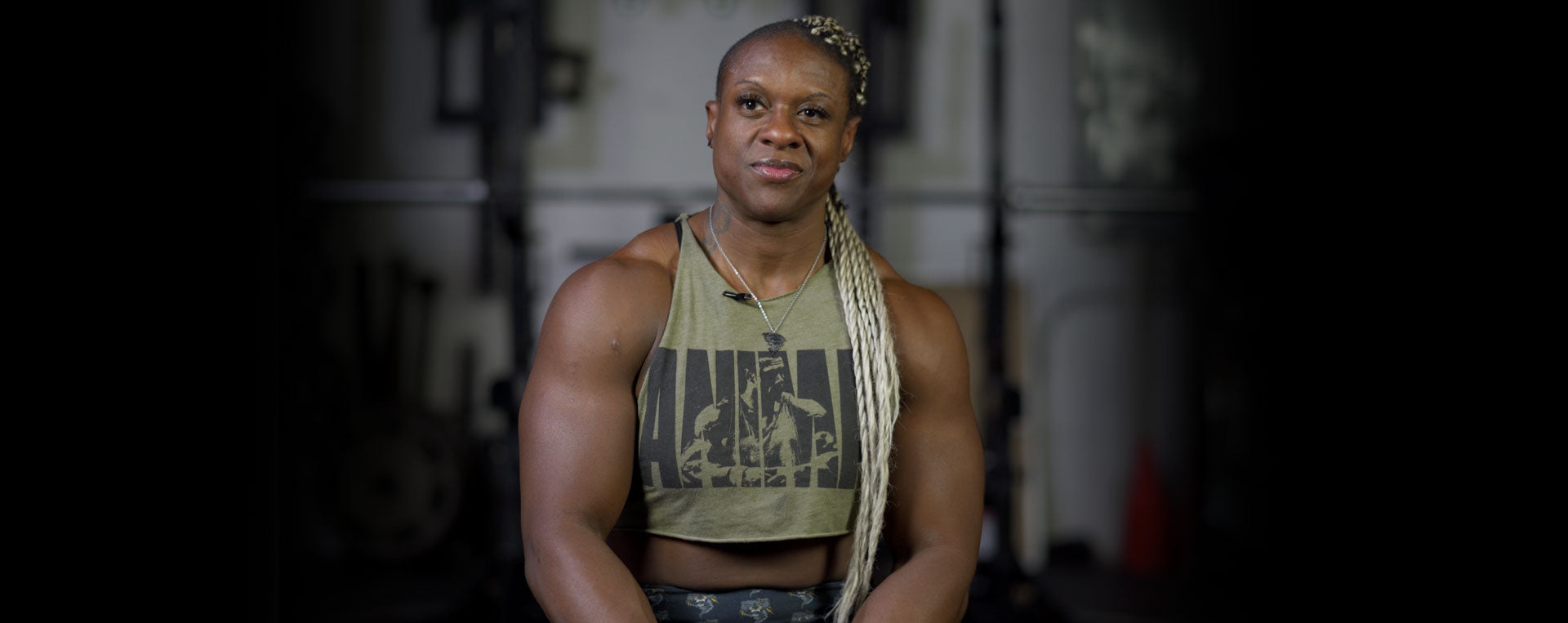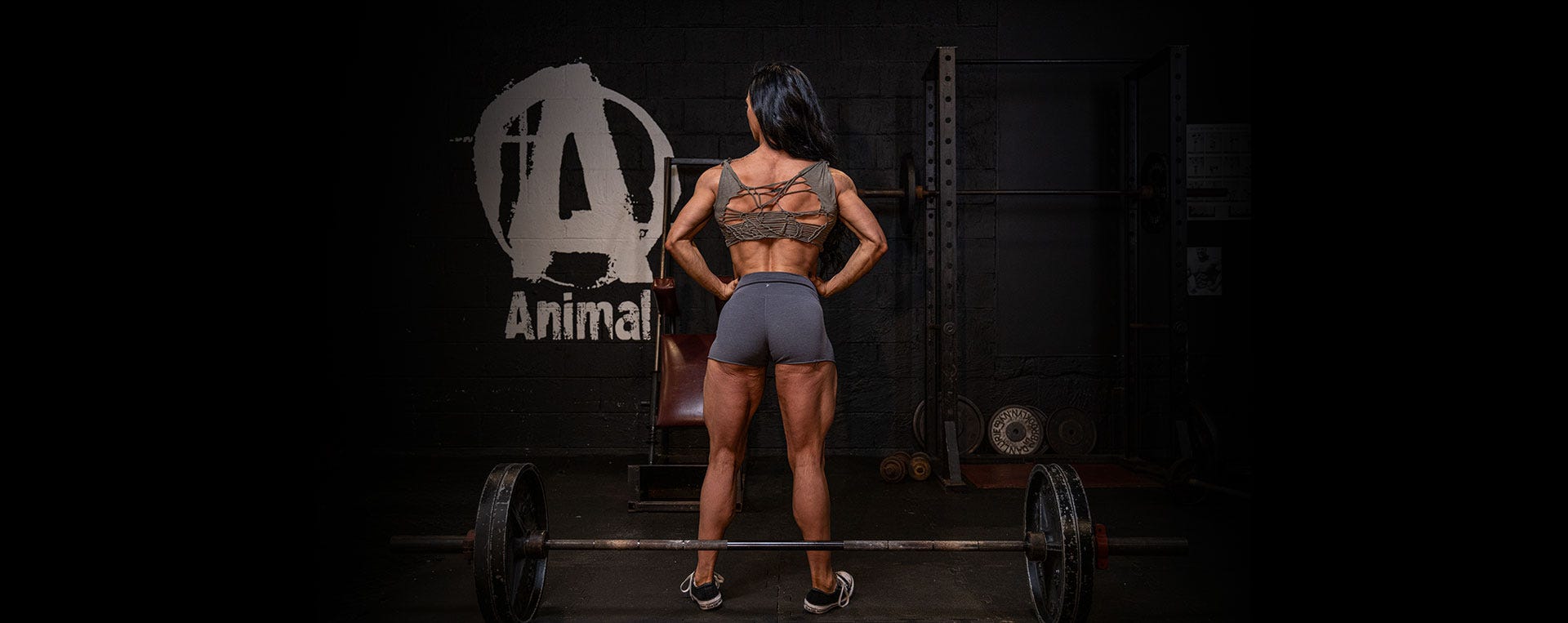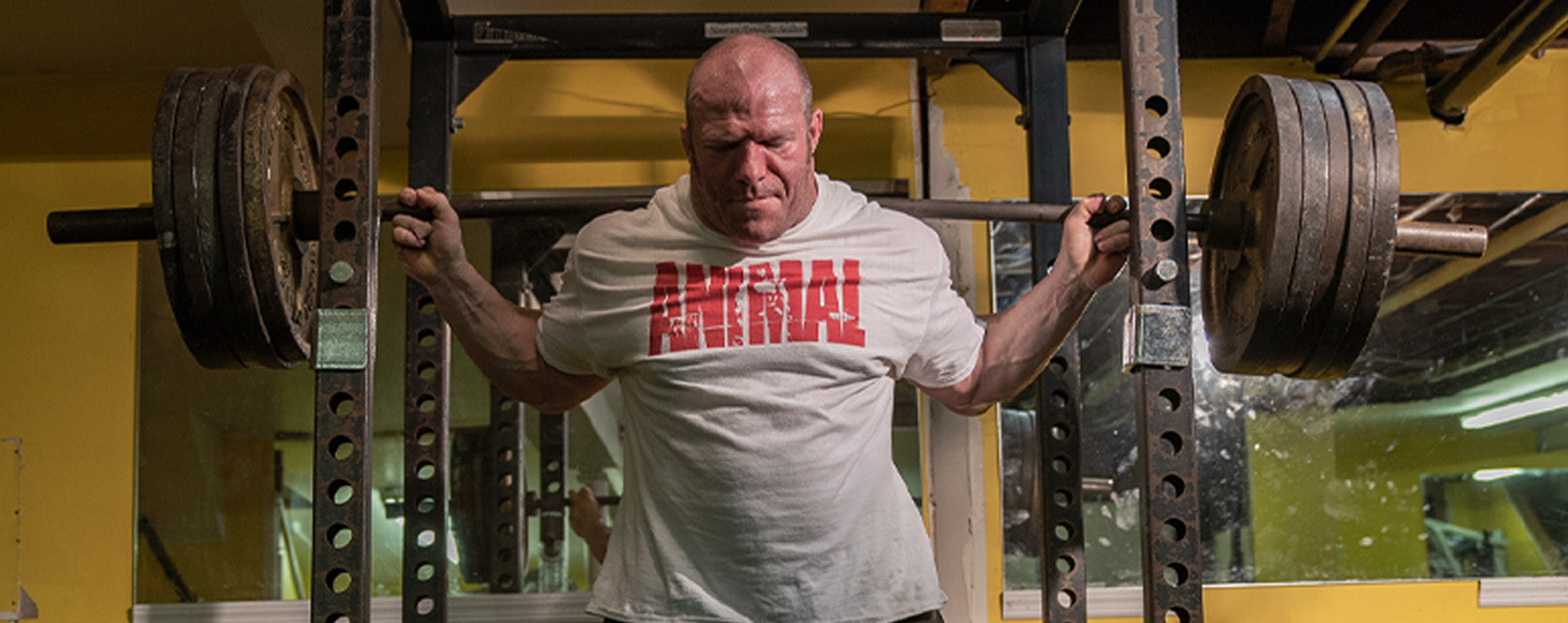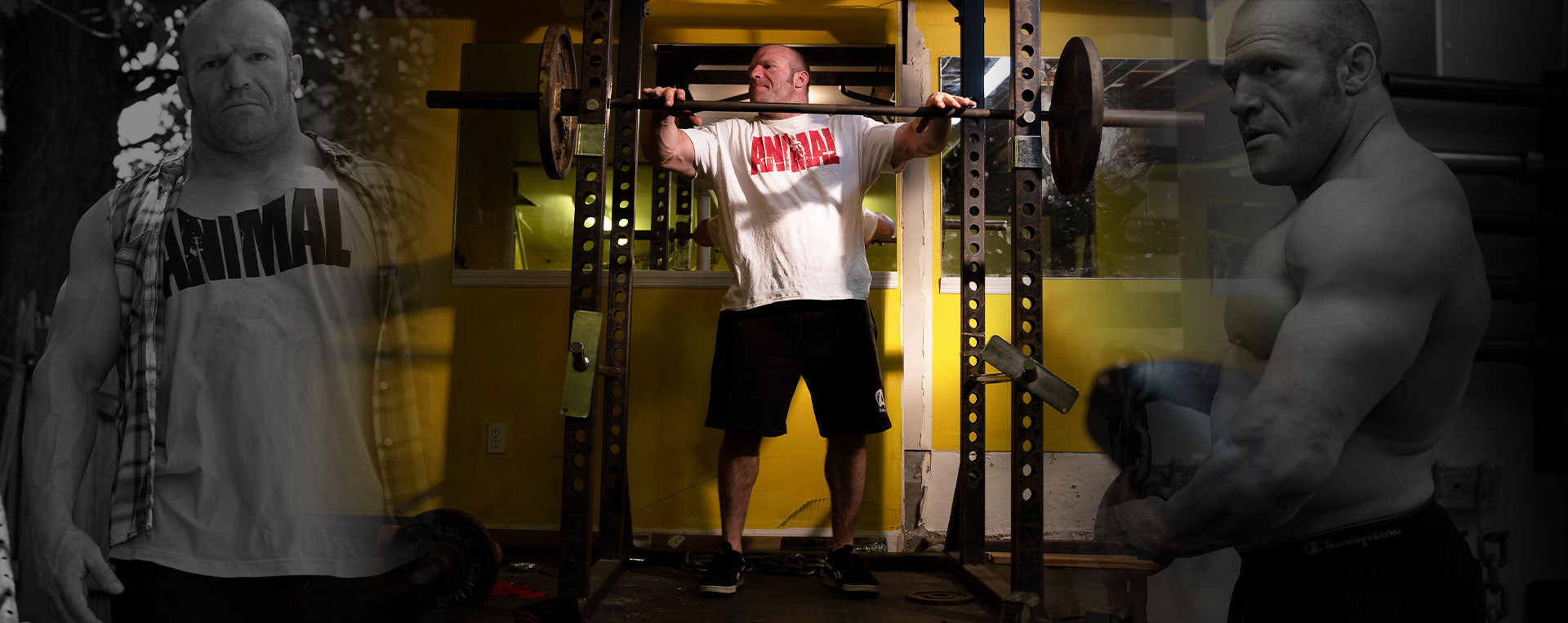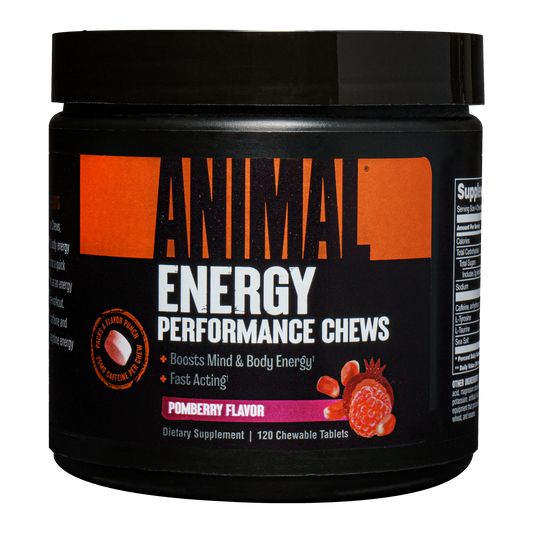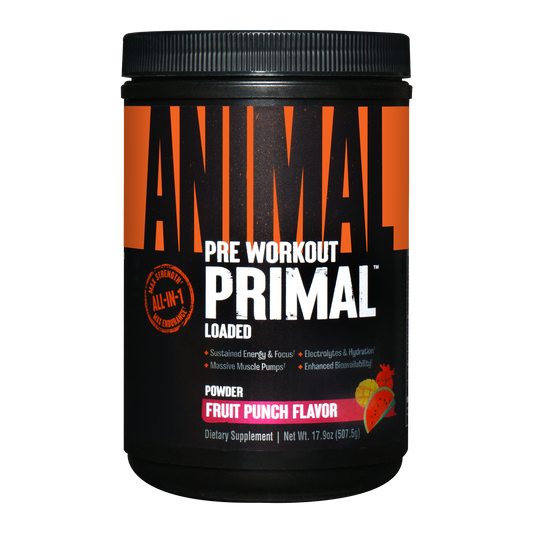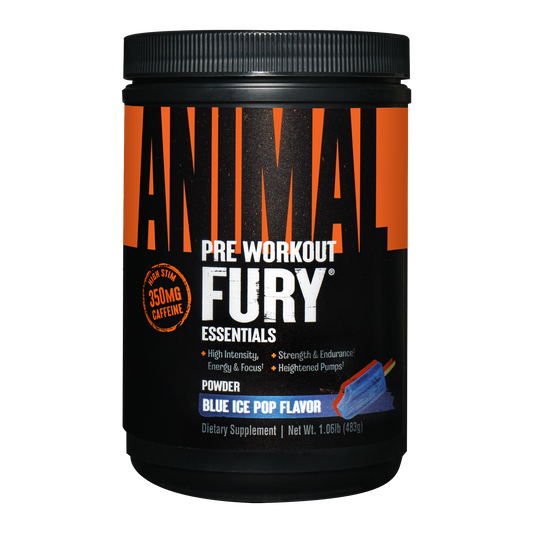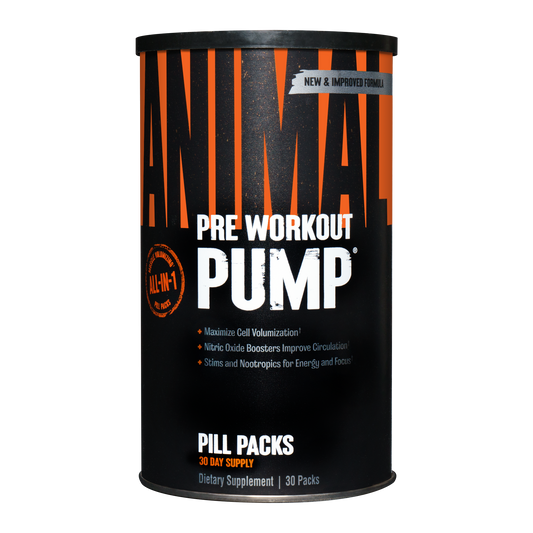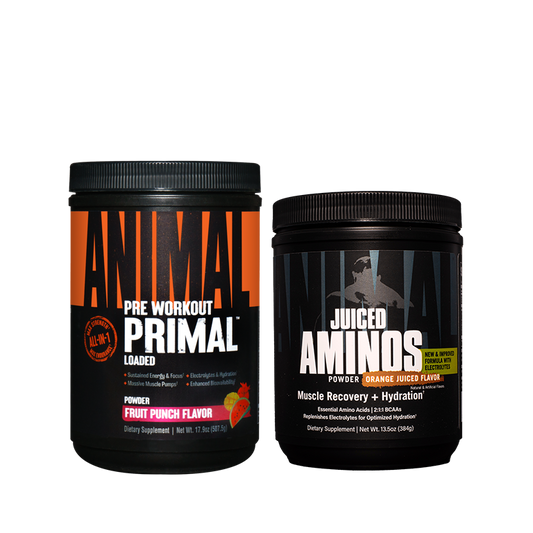Fat loss phase is starting up and we are dropping food, upping cardio, and swapping our hypertrophy training up!
Wait, what? Changing training? Should we or should we not be changing training moving into fat loss phases?
The same hypertrophy training you have been using all offseason to grow is the same signaling you want to enter into a calorie deficit. The core framework of hypertrophy should never change. We need adequate volume, hard sets, and within a 6-20 rep range. But, there are some considerations to make outside of that.
Train within Your Recovery Capacity
For the natty crowd, recovery tends to look like a fairly linear downward trend in recovery. More cardio, less food, lower body fat, and poor sleep…all add up to a drop in recovery. This means you have to manage your training volume based on that recovery. So, training volume might trend down as prep continues to mitigate losses in performance. Why does performance even matter though? Maintaining the ability to give a hypertrophy stimulus in your training is what is going to hold on to muscle. Besides just dropping off some sets you might spread out volume to more days to keep training sessions shorter. You also might be rotating in exercise that allows improved core stabilization as this drops off with body weight decreasing. You might also cut out the rest-pause, drop sets, and forced reps that really dig into recovery.
For the enhanced crowd, all the above still applies. You are still monitoring recovery capacity and the training volume you can handle with all the above modifications that can be implemented. Entering into prep usually entails increasing “super supplementation”, which might allow a higher training volume initially. I lean towards not adding in volume as far as more sets are concerned and rather get the most out of maximizing the per set progressions first. Adding in more sets, reps, and weight can bury you quickly, especially as prep progresses. But week 1, assess your recovery and you can always add sets into week 2.
Big Picture on Volume
Think of volume as the dosage of growth stimulus we are providing to muscle. To maintain muscle only a small dose of volume is needed. Move into a calorie deficit with slightly more volume is needed. Then finally moving into a growth phase with greater recovery we will be using our largest doses of volume.
So, with that being said, when you move into a growth phase volume might need to increase if your previous phase was closer to a maintenance volume. This is my preferred method as I can get competitors really recovered prior to prep and cement the offseason gains before entering into prep. An example of this would be if chest volume was at 15 sets at peak mass, then 8 sets for maintenance. Moving into prep a 20% increase in volume initially can be done and we will do 10 sets of chest per week.
Exercise Adjustments
Now really changing exercises we can make a rationale for any phase of the year. So, much of this applies all year long. Maybe towards the tail end of prep when core bracing is low we will swap out lifts, but there are some good reasons to go into prep using the same exercise you did in the last offseason block
1. Exercise variation may lead to excessive muscle damage via the novelty of the exercise
2. Improved ability to track progress week to week
3. Improved ability for neurologic adaptations
But! There is still applications of when it can be a good thing to have variation:
1. Motivation and adherence, some need something new and exciting. Monotony is not for everyone
2. Injuries happen and we have not so great days. You might need a variation from that back squat to a hack squat sometimes.
3. If one workout does not fully train a range of motion or function of a muscle then a different exercise may need to be used in another session.
This also does not mean to never rotate lifts, it’s just what is the timeline we should do this, and let's have valid reasons to do it. If you have a great connection with an exercise and the lift is progression, then don’t change it. Rotate out lifts every 1-3 mesocycles for those that are stalling, you are bored with, or getting beat up from.
In a fat loss phase, the diet and cardio are making changes, but the core structure of our hypertrophy training stays the same. What you did to build muscle is what you should do to keep muscle.


